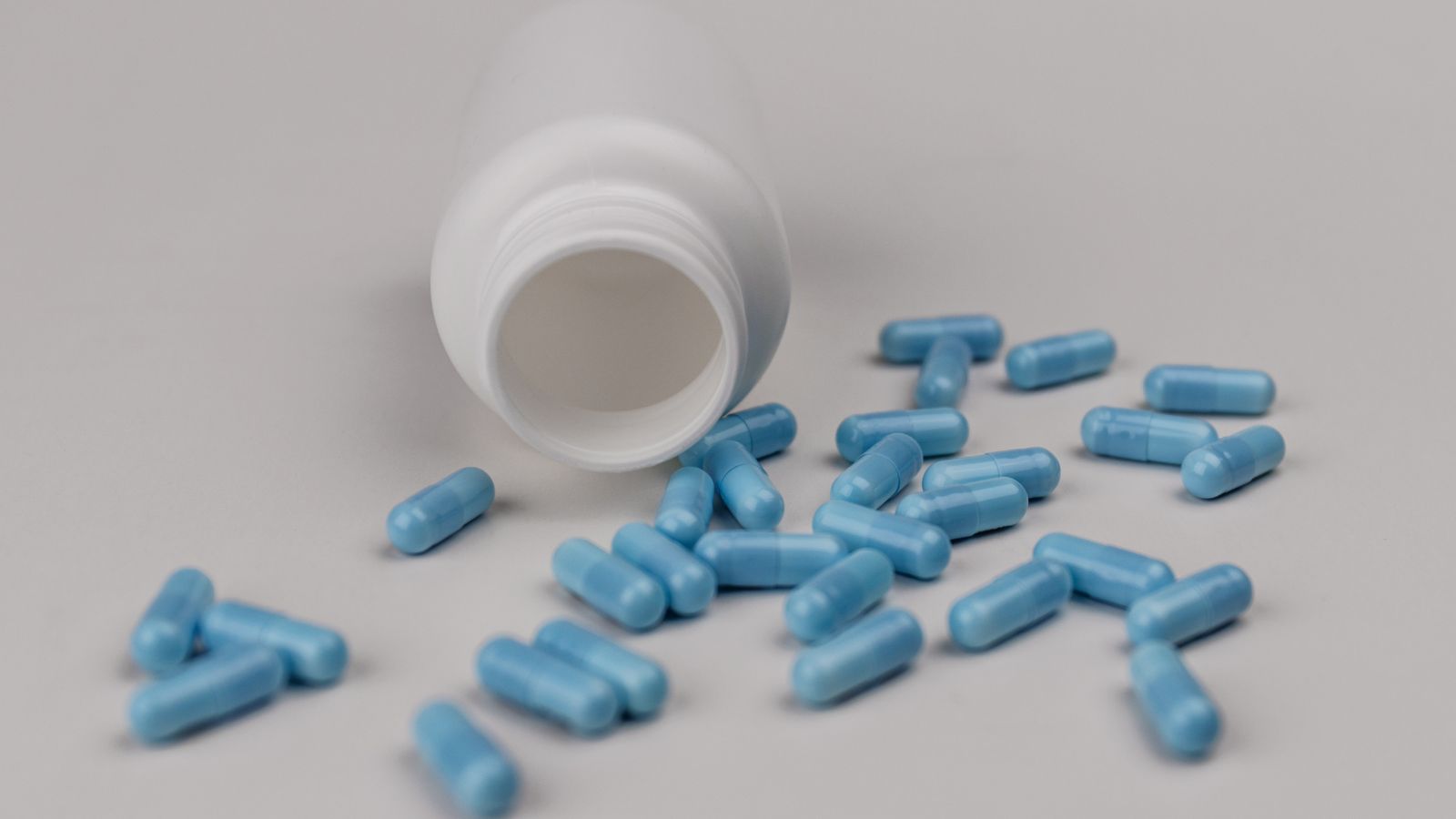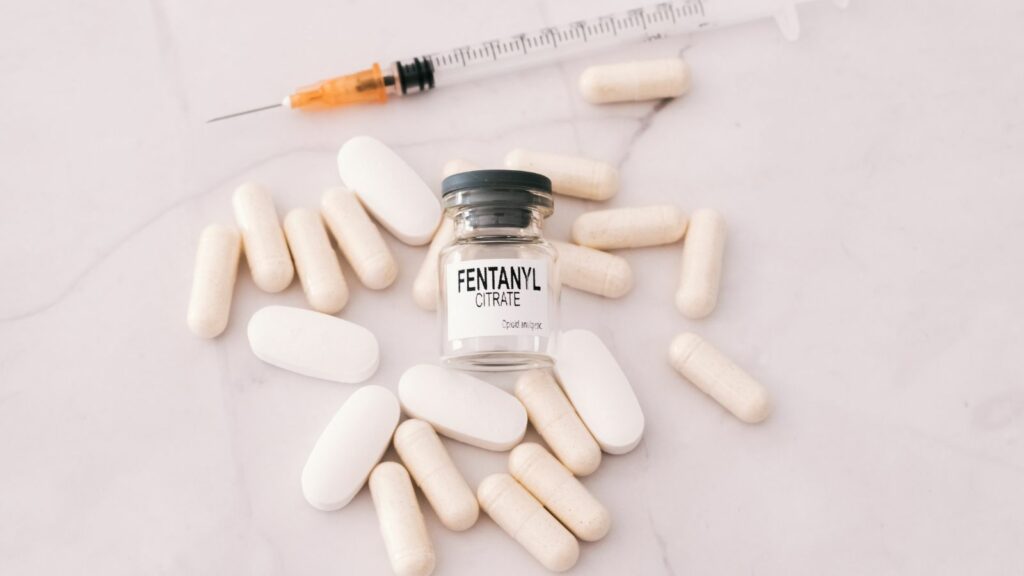In today’s world, illicit drugs are more potent and accessible than ever before. As a result, fentanyl awareness has become a critical public health concern, especially for parents and educators working to protect young people. Fentanyl, a synthetic opioid up to 100 times stronger than morphine, has fueled an overdose crisis that’s sweeping across communities. What’s even more troubling is that many teens fall victim to fentanyl poisoning without even realizing they’ve consumed it.
Open conversations can be life-saving. However, knowing how to approach this topic without fearmongering or causing anxiety is key. This guide will help parents, guardians, and educators have informed conversations with teens about the dangers of fentanyl, including how it’s showing up in fake pills, how to recognize warning signs, and what resources are available for prevention and support.
Why Fentanyl Awareness Matters
The growing need for fentanyl awareness stems from a sharp rise in overdose deaths related to illicit fentanyl. According to the Drug Enforcement Administration (DEA), just one pill laced with fentanyl can be fatal. What makes this crisis particularly alarming is that many teens encounter counterfeit pills, often sold as Adderall, oxycodone, or Xanax. They may not realize these pills contain deadly fentanyl.
This isn’t just a big-city problem. From rural towns to suburban neighborhoods, illegal fentanyl has infiltrated the youth drug market across the country. National Fentanyl Awareness Day, observed each May, was established to highlight this growing threat and promote prevention efforts. But fentanyl doesn’t wait for a single day each year, it’s a daily danger that requires ongoing attention.
The Reality of Fake Pills and Illicit Drugs
One of the most pressing dangers teens face is the surge in fake pills made to look like legitimate medications. These pills are often distributed via social media platforms or through peer networks. They may be stamped and colored to resemble familiar pharmaceuticals, but can contain lethal doses of fentanyl or other illicit drugs.
For teens experimenting with substances or self-medicating for issues like anxiety, the danger is amplified. They may believe they’re taking a low-dose prescription drug to help them cope. But in reality, they could be consuming deadly compounds that can lead to seizures, coma, or even death.

Talking to Teens Without Creating Panic
Conversations about fentanyl don’t have to be frightening or accusatory. In fact, teens are more likely to engage if they feel heard and respected. Here are some effective strategies to keep the dialogue constructive:
1.) Lead With Compassion, Not Fear
Begin the conversation with empathy. Ask open-ended questions like, “What do you know about fentanyl?” or “Have you heard of people your age taking pills without a prescription?” This helps teens feel like they’re part of the discussion, rather than being lectured.
2.) Present Facts, Not Assumptions
Use data and stories to explain the risks. Mention that fentanyl is often mixed into other illicit drugs like heroin, cocaine, or counterfeit oxycodone without the user’s knowledge. Highlight that even a tiny amount can trigger an opioid overdose. Sadly, many people don’t survive long enough to get help.
3.) Discuss Real-Life Scenarios
Many teens may know someone affected by an overdose or may have seen it discussed online. Use these moments to talk about how someone might respond in a crisis. Explain why naloxone, which is a medication that reverses opioid overdoses, is such an important tool. Make sure your teen knows that carrying naloxone isn’t a sign they’re using drugs; it’s a way to potentially save a life.
Recognizing Warning Signs
In addition to communication, it’s essential to recognize the physical and behavioral indicators that may suggest fentanyl use or fentanyl poisoning. These include:
- Pinpoint pupils
- Extreme drowsiness or confusion
- Slowed or stopped breathing
- Cold, clammy skin
- Blue lips or fingertips
In the case of suspected overdose, respond immediately by calling emergency services and administering naloxone if available.
Promoting Overdose Prevention at Home
Overdose prevention starts with education but is reinforced by action. Here’s how families can play a proactive role:
Secure All Medications
Teens may experiment with what’s easily accessible. Lock up all prescription and over-the-counter medications to reduce risk.
Dispose of Unused Prescriptions
Unused or expired medications should be discarded appropriately. Many communities offer safe take-back programs through local pharmacies or law enforcement.
Have Naloxone on Hand
Naloxone is available without a prescription in many states. Ask your local pharmacy how to obtain it.
Keep Communication Open
Make sure your teen knows they can always come to you without fear of punishment if they or someone else is in trouble. Open, nonjudgmental conversations can save lives.
The Role of Schools and Communities
Schools can be powerful allies in spreading awareness and stopping the spread of illicit fentanyl. Educational campaigns, parent nights, and peer-to-peer programs can all contribute to more informed and resilient youth. Partnerships between the Drug Enforcement Administration and local health departments can help build a stronger community response to the overdose crisis.
Collaboration with drug rehab centers in Southern California provides critical intervention and treatment options for teens who may already be struggling with substance use. These centers not only offer detox and therapy but also support long-term recovery and skill-building for healthier futures.
Commemorating National Fentanyl Awareness Day
Each year, National Fentanyl Awareness Day provides an opportunity to remember the lives lost, support grieving families, and encourage action. Events often include educational workshops, social media campaigns, and candlelight vigils. It’s a decisive moment to reflect, reset, and recommit to protecting our communities, especially our teens.
However, awareness shouldn’t be confined to a single day. Every conversation we have, every fact we share, and every step we take toward prevention adds up to meaningful change.
Resources to Share With Teens and Families
Knowledge is power. Below are trusted resources that provide up-to-date information on fentanyl, overdose prevention, and support options:
- DEA One Pill Can Kill campaign
- Partnership to End Addiction
- National Harm Reduction Coalition
- CDC Overdose Prevention Resources
- Substance Abuse and Mental Health Services Administration (SAMHSA)
Encourage your teen to explore these with you and to share them with friends. Sometimes, a peer-to-peer conversation can spark a life-saving moment of clarity.
Building a Culture of Awareness and Compassion
The fight against fentanyl isn’t just about enforcement; it’s about compassion, communication, and proactive awareness. Talking to teens about the risks of fake pills and illicit fentanyl may feel daunting, but it’s one of the most critical conversations you can have as a parent, teacher, or mentor.
As the number of overdose deaths continues to climb, we must prioritize fentanyl awareness in every home, classroom, and community center. By doing so, we empower young people to make safer choices, support families in crisis, and ultimately reduce the toll of this national tragedy.
Because sometimes, one pill really can mean the difference between life and death.



